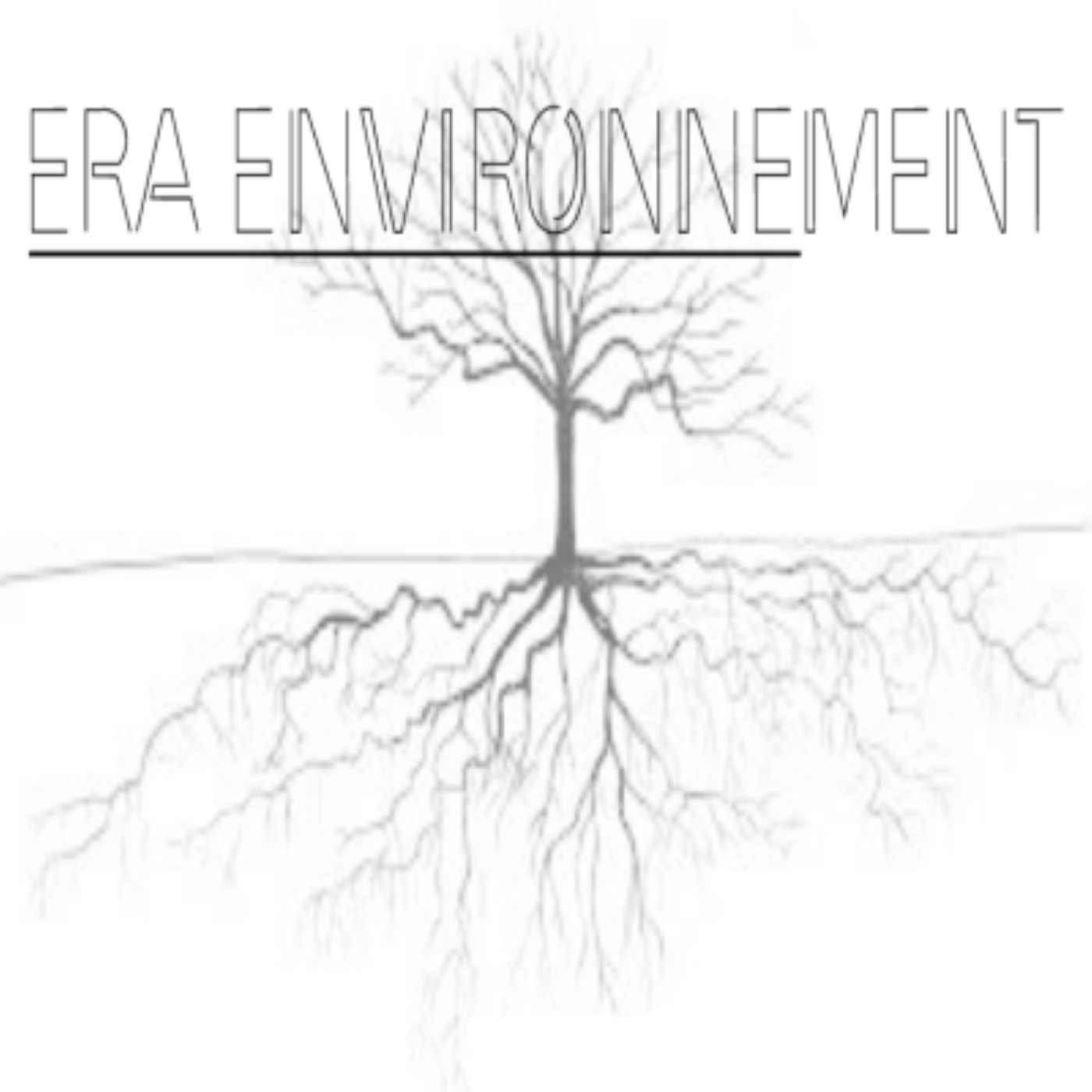By Era Environnement
Saturday night, March 4th, governments meeting at the United Nations in New York reached an agreement on key susbstantive issues for a new Treaty to protect High Seas marine life.
“Following a two week long rollercoaster ride of negotiations and super-hero efforts in the last 48 hours, governments reached agreement on key issues that will advance protection and better management of marine biodiversity in the High Seas,” said Rebecca Hubbard, Director of the High Seas Alliance, a partnership of 40+ non-governmental members plus the International Union for Conservation of Nature.
To ensure this hard won progress is not lost, The High Seas Alliance is calling for the UN to conclude the formalities of adoption as soon as possible in the final resumed session.
The High Seas, the area of ocean that lies beyond countries’ national waters, is the largest habitat on Earth and home to millions of species. With currently just over 1% of the High Seas protected, the new Treaty will provide a pathway to establish marine protected areas in these waters. It is also a key tool to help deliver the recently agreed Kunming-Montreal target of at least 30% protection of the world’s ocean by 2030 that was just agreed in December- the minimum level of protection scientists warn is necessary to ensure a healthy ocean. But time is of the essence.
At the Conference on Sustainable Development of June 2012 (Rio+20 Summit), governments
committed to “urgently address…the issue of conservation and sustainable use of diversity
in areas not covered by the national jurisdictions.
The new Treaty will bring ocean governance into the 21st century, including establishing modern requirements to assess and manage planned human activities that would affect marine life in the High Seas as well as ensuring greater transparency. This will greatly strengthen the effective area-based management of fishing, shipping and other activities that have contributed to the overall decline in ocean health.
The issue of sufficient financing to fund the implementation of the Treaty, as well as equity issues surrounding the sharing of benefits from marine genetic resources was one of the key sticking points between North and South throughout the meeting. However, right up to the final hours of the meeting, governments were able to land an agreement that provided for equitable sharing of these benefits from the deep sea and High Seas.
“It’s been a very long journey to get to a Treaty. We will be looking to the 52 states that make up the High Ambition Coalition to lead the charge to adopt, ratify and identify important High Seas areas to protect,” said Rebecca Hubbard.




